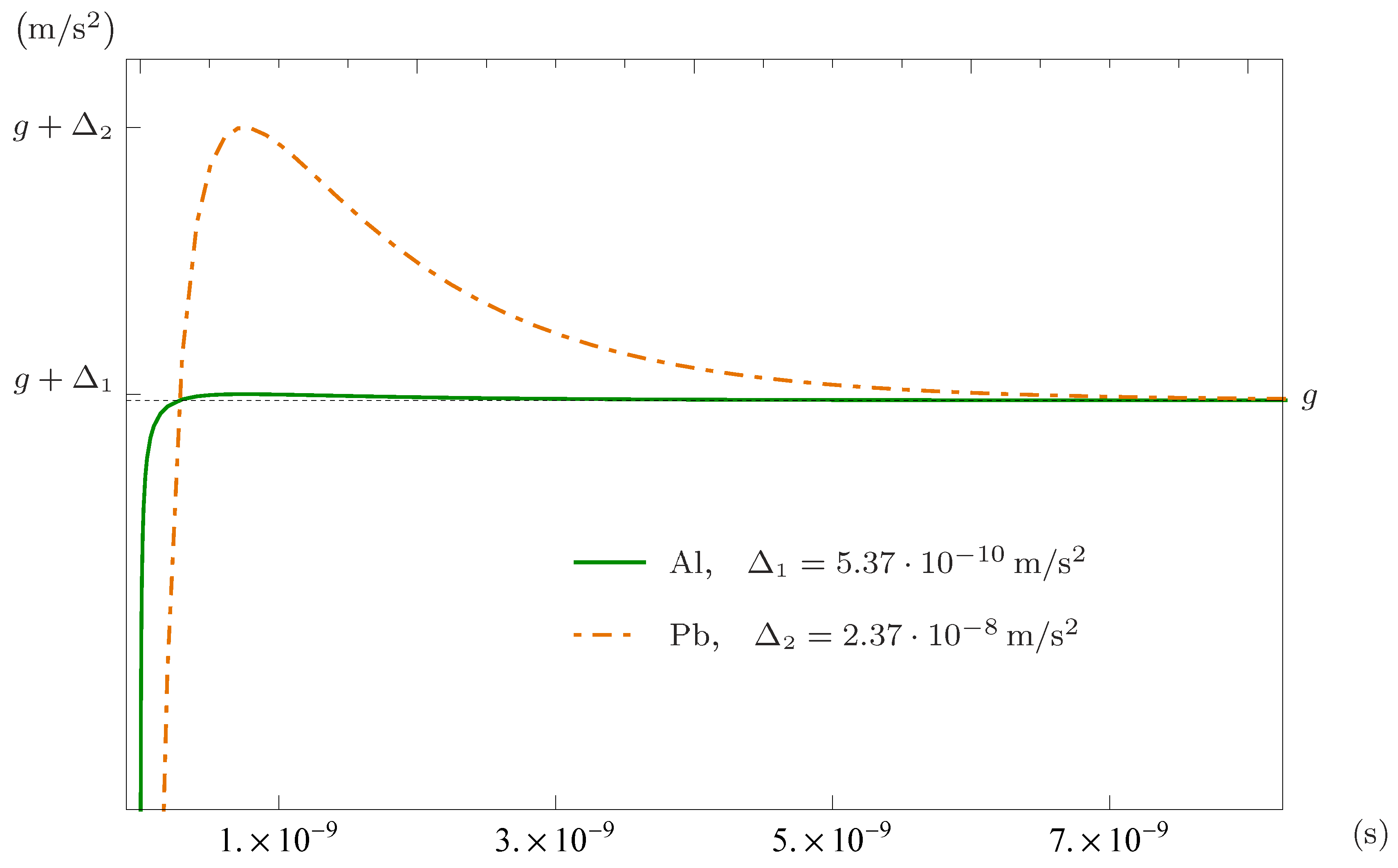Tc is usually measured in degrees kelvin k 0 k being absolute zero the.
Ceramic superconductor applications.
Superconductivity is the complete disappearance of electric resistance in materials that are cooled to extremely low temperatures.
Humphreys in concise encyclopedia of advanced ceramic materials 1991.
The importance of the work of bednorz and müller was that their discovery of superconductivity in ceramics with a perovskite like structure that led directly to superconductivity above liquid nitrogen temperatures.
The superconductor we will be experimenting with is an yttrium y barium ba and copper cu composition.
Chemical formula is yba2cu3o7.
The ceramic materials used to make superconductors are a class of materials called perovskites.
The temperature at which resistance ceases is referred to as the transition temperature or critical temperature tc.
Superconductivity is a set of physical properties observed in certain materials where electrical resistance vanishes and magnetic flux fields are expelled from the material.
This superconductor has a critical transition temperature around 90k well above liquid nitrogen s 77k.
Conductive ceramics conductive ceramics superconductors.
The first high temperature superconductor was discovered in 1986 by ibm researchers bednorz and müller 3 6 who were awarded the nobel prize in physics in 1987 for their important break through in the discovery of superconductivity in ceramic materials.
Any material exhibiting these properties is a superconductor unlike an ordinary metallic conductor whose resistance decreases gradually as its temperature is lowered even down to near absolute zero a superconductor has a.

